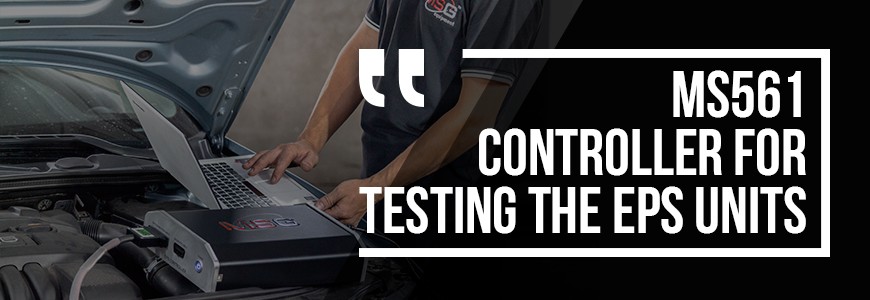
The electric power steering consists of the mechanical component, the control unit and the electric motor. Control units problems are not common because these units are protected from environmental exposure. However, failures can be found in the mechanical part of the system and in the control unit.
The common problems of EPS.
- Wear of the upper shaftthread, the steering wheel is mounted on it, leads to axial play and knock on the steering wheel;
- The bearing bush wear of the upper shaft leads to a radial play and knock on the steering wheel;
- The support bearing of the upper shaft is rusted, damaged or worn. It leads to a radial backlash, knocking, crunching and gnashing when the steering wheel is turning or driving on a rough road;
- Mounting brackets wear of the units casing leads to a backlash of the casing and the shaft, and knocking;
- If the crosses between the shafts are rusted, a driver will hear an unpleasant crunch and gnash when the steering wheel turns, and the steering wheel moves intermittently or is completely wedged in one position;
- Protective covers on the column were stirred; parts bag and creak while moving;
- Fouling and slag on the drive copper parts interfere with the amplifier work;
- EPS does not work becausethe steering wheel turn sensor is worn;
- Control unit settings are damaged. It leads to errors in the amplifier work.
- Electronic components on the control unit boardaredamaged or burned.
There are damage features: heavy steering, intermittent steering turns, extraneous knock, which appears only when the engine is running, and warning signals on the dashboard.
A technician needs knowledge of digital technologyin order to repair quickly and efficiently the electronic control unit. Our company provides with a training course of EPS units diagnostic and repair. This course will allow you to acquire and improve the skills of repairing electric power steering, also give an understanding of comfortable installation of this type units.



COMMENTS